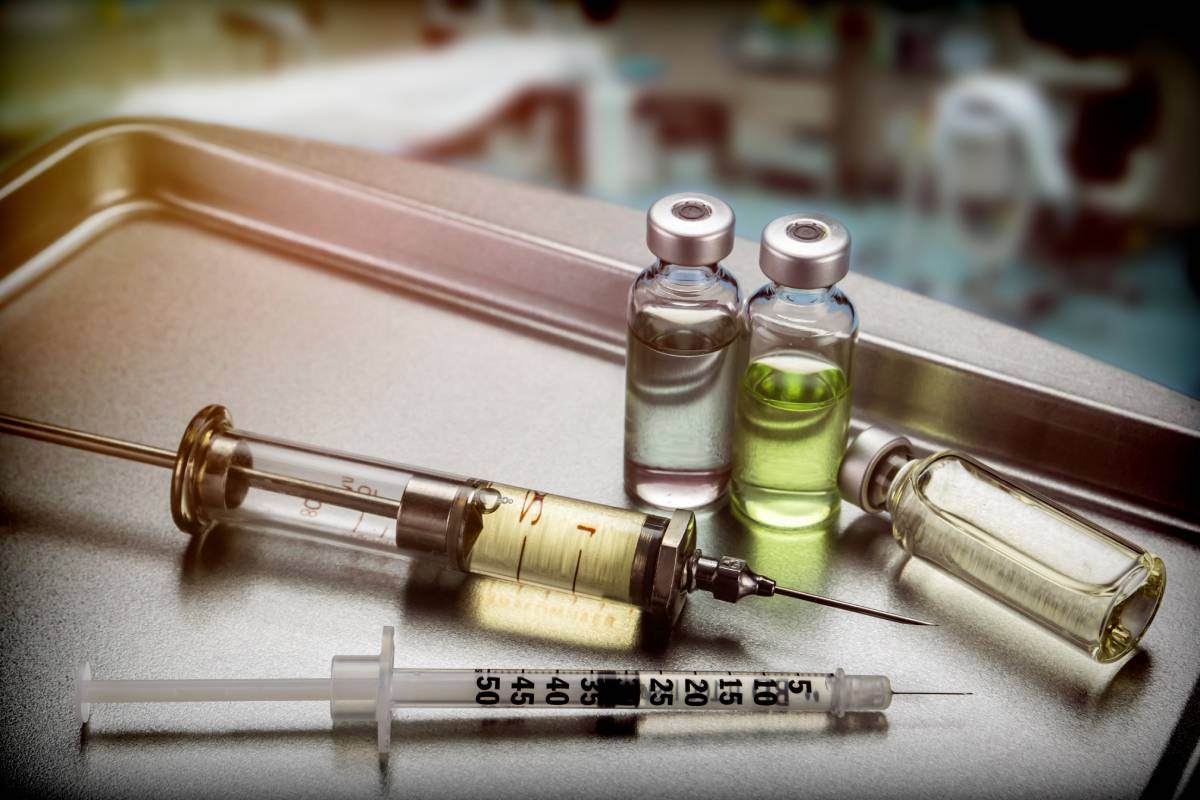Arthritis is a common condition that can affect people of all ages, though it is more prevalent in older adults. Due to its potentially debilitating effect on daily life as a result of pain and decreased function, the development of effective treatment options is a research priority. In particular, there is strong emphasis on non-surgical treatments with minimal side effects. To this end, several types of joint injections have been developed and are already in use – corticosteroids, hyaluronic acid, and platelet-rich plasma [1-4]. More recently, some researchers have applied techniques utilized primarily in cosmetic procedures to the treatment of arthritis – specifically, lipofilling, also known as fat transfer [1,5,6].
Joint injections are a preferred treatment option due to being non-surgical. Alongside physical therapy and pain medication, joint injections can reduce pain and improve function in arthritic joints. Corticosteroids, which reduce inflammation, are widely used to treat arthritis and have been shown to reduce pain and stiffness in the short term, however, repeated or additional interventions are needed for long-term management [1,2]. Hyaluronic acid injections seek to supplement naturally occurring hyaluronic acid in affected joints and improve shock absorption, joint lubrication, inflammation, and the protection of cartilage-producing cells (chondrocytes). However, effects do not last in the long term [1,3].
Platelet-rich plasma (PRP) injections further utilize naturally derived compounds to reduce inflammation and facilitate healing. Products with an increased concentration of platelets have been developed to treat arthritis, motivated by the compounds associated with platelets – growth factors, signaling molecules, fuel molecules, and more. Studies have reported that patients started experiencing benefits after several months and up to the end of the study period, but data is largely limited to the first year after treatment [1,4].
Lipofilling for arthritis shares some similarities with these other injections. First, most if not all research examines autologous fat transfer, meaning that injected tissue is extracted from the same patient, which greatly reduces side effects associated with immune reactions to foreign tissue. Second, it also takes advantage of naturally occurring substances in an attempt to supplement the body’s normal processes. Specifically, some researchers have hypothesized that mesenchymal stem cells in fat transform and stimulate cartilage regeneration [1,6,7].
Fat transfer first became common within the field of cosmetic and aesthetic surgery. In addition to providing volume, surgeons soon began study the regenerative properties of fat and adipose-derived mesenchymal stem cells (MSCs) [5]. Later, research turned toward utilizing these regenerative properties to decrease inflammation and encourage tissue healing in arthritis patients. Autologous adipose-derived MSC therapy has been used in veterinary practice since the 2000s – for example, one study found that it significantly improved pain, range of motion, and flexibility in dogs with elbow osteoarthritis [6]. More recently, trials in humans have also shown promising results. For example, a recent small study of patients with finger joint arthritis found that lipofilling led to significant improvements in grip strength and pain levels [1].
Much still remains to be discovered with regard to lipofilling as a treatment for arthritis, including the mechanism(s) of action behind the benefits reported in the literature and the optimal formulation for the injections. Additional research and larger, controlled clinical trials are needed.
References
[1] Meyer-Marcotty, M.; Batsilas, I.; Sanders, A.; et al. Lipofilling in Osteoarthritis of the Finger Joints: Initial Prospective Long-Term Results, Plastic and Reconstructive Surgery 149, 5 (2022). https://doi.org/10.1097/PRS.0000000000008989
[2] Cunnington, J.; Marshall, N.; Hide, G.; et al. A randomized, double-blind, controlled study of ultrasound-guided corticosteroid injection into the joint of patients with inflammatory arthritis. Rheumatoid Arthritis 62, 7 (2010). https://doi.org/10.1002/art.27448
[3] Altman, R.; Manjoo, A.; Fierlinger, A.; et al. The mechanism of action for hyaluronic acid treatment in the osteoarthritic knee: a systematic review. BMC Musculoskeletal Disorders 16, 321 (2015). https://doi.org/10.1186/s12891-015-0775-z
[4] Filardo, G.; Previtali, D.; Napoli, F.; et al. PRP Injections for the Treatment of Knee Osteoarthritis: A Meta-Analysis of Randomized Controlled Trials. Cartilage 13, 1 (2020). https://doi.org/10.1177/1947603520931170
[5] Bellini, E.; Grieco, M. P.; and Raposio, E.; et al. The science behind autologous fat grafting. Annals of Medicine and Surgery 24 (2017). https://doi.org/10.1016/j.amsu.2017.11.001
[6] Black, L. L.; Gaynor, J.; Adams, C.; et al. Effect of intraarticular injection of autologous adipose-derived mesenchymal stem and regenerative cells on clinical signs of chronic osteoarthritis of the elbow joint in dogs. Veterinary Therapeutics 9, 3 (2008). PMID: 19003780
[7] García-Bernal, D.; García-Arranz, M.; Yáñez, R. M.; et al. The Current Status of Mesenchymal Stromal Cells: Controversies, Unresolved Issues and Some Promising Solutions to Improve Their Therapeutic Efficacy. Frontiers in Cell and Development Biology 9 (2021). https://doi.org/10.3389/fcell.2021.650664
